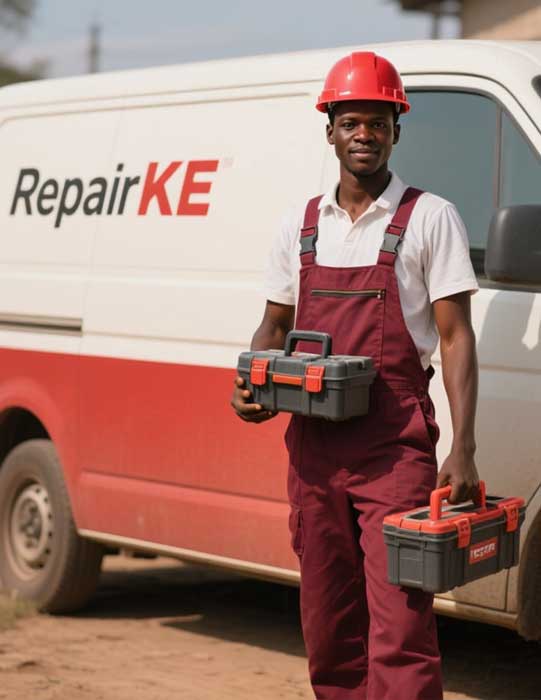Power supply failure is a prevalent issue in welding machines, often disrupting operations and halting projects. This fault can stem from various causes, including electrical surges, faulty wiring, or internal component failure. When a welding machine fails to power on or experiences intermittent power loss, it can significantly affect productivity, especially in industrial settings where downtime is costly.
The primary cause of power supply failure is often an issue with the input power source. Welders typically require a stable voltage supply, and fluctuations or surges can damage internal circuits. For instance, a sudden spike in voltage might fry the machine’s transformer or rectifier. Additionally, loose or damaged power cables can prevent the machine from receiving adequate power. Internal components, such as capacitors or fuses, may also fail due to wear and tear over time, especially in older machines subjected to heavy use.
To diagnose power supply issues, start by checking the input power source. Ensure the machine is plugged into a properly rated outlet and that the circuit breaker hasn’t tripped. Inspect power cables for fraying, cuts, or exposed wires, as these can cause short circuits. Using a multimeter, verify that the machine is receiving the correct voltage. If the external power supply is stable, the issue may lie within the machine’s internal components, such as the power switch, fuses, or control board. These components often require professional attention to repair or replace.
Preventing power supply failures involves regular maintenance and proper usage. Always use a surge protector to shield the machine from voltage spikes. Ensure the machine is connected to a dedicated circuit to avoid overloading. Regularly inspect cables and connections for wear and schedule routine maintenance to check internal components. By addressing these factors, welders can minimize the risk of power supply issues and e






